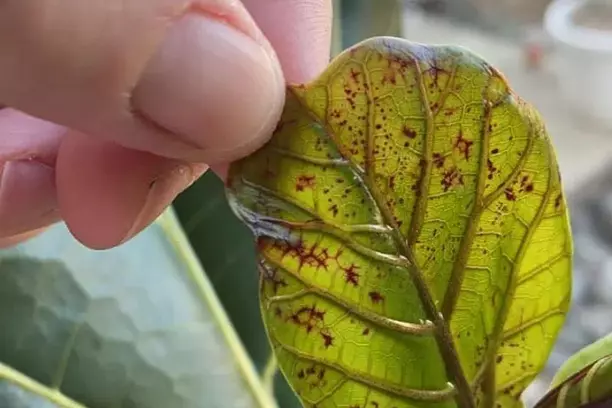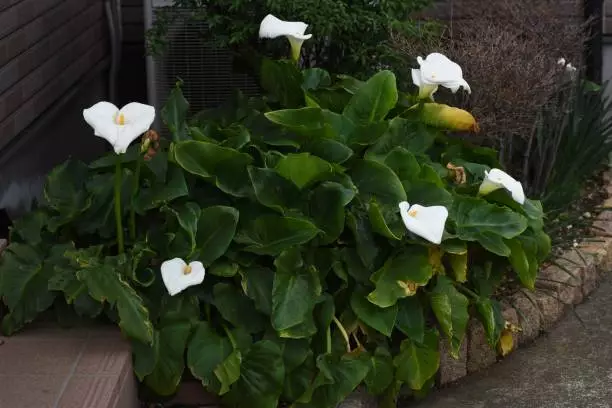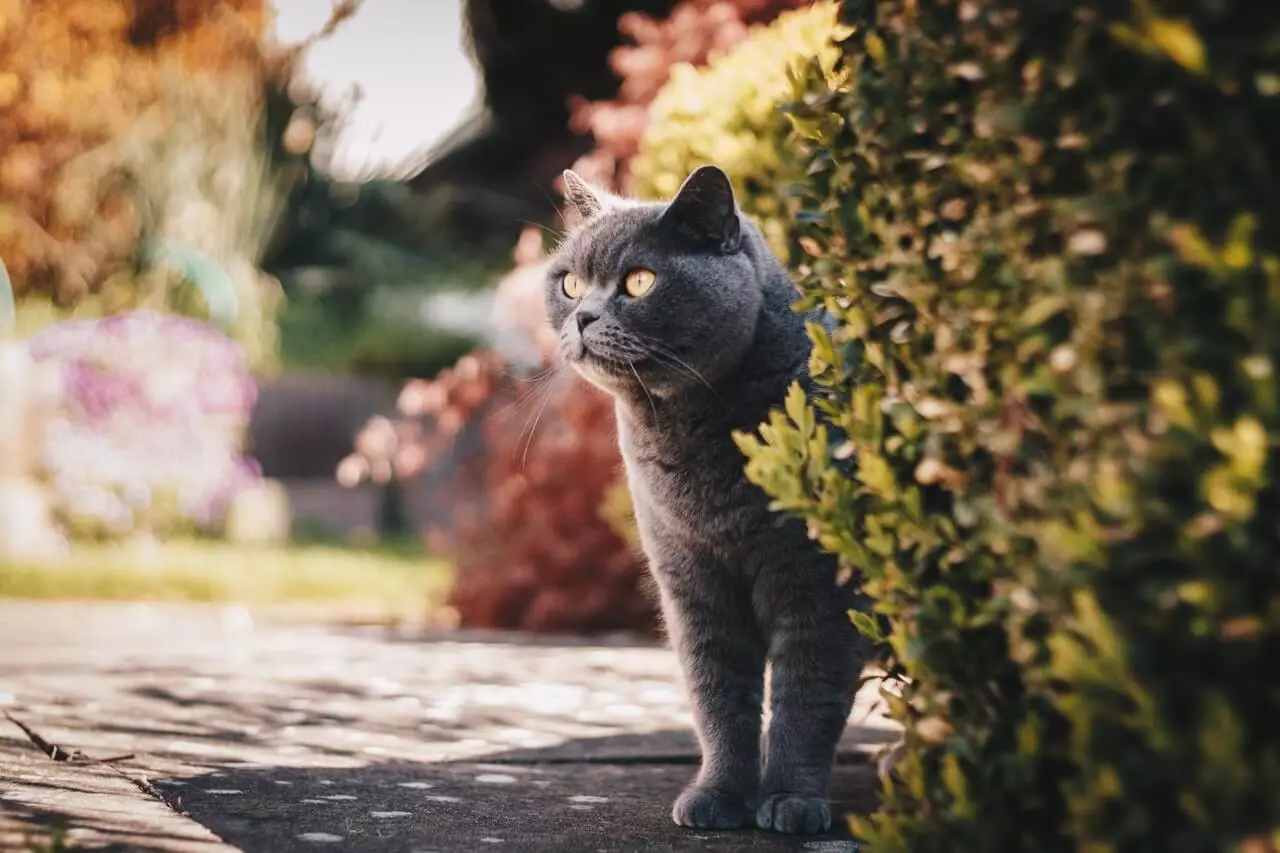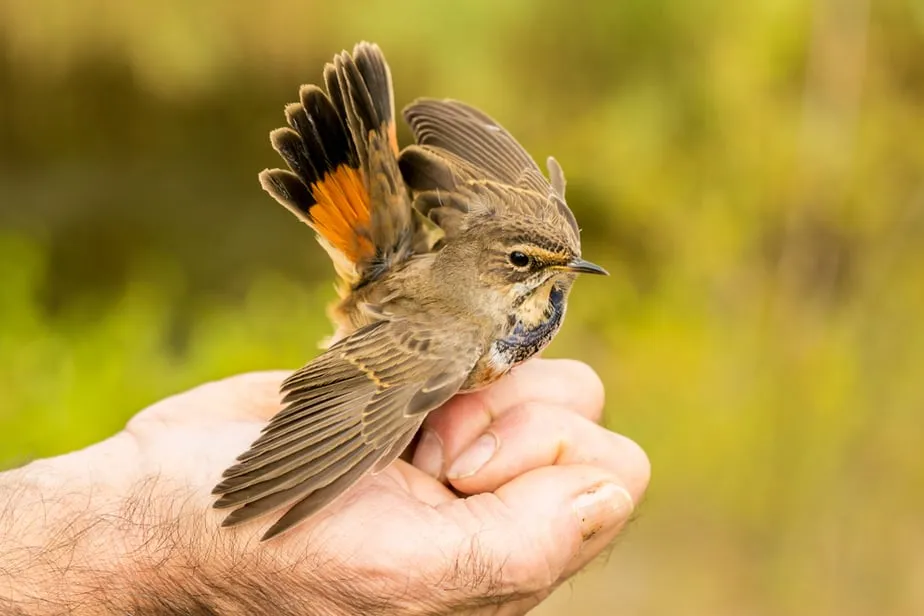Citrus leaves can curl due to pests, diseases, lack of water, or nutrient deficiency. Treat the plant with an insecticidal soap spray, keep the soil moist, and feed it with an organic potassium fertilizer like coffee grounds. Maintain a soil pH of 6.0-7.0 to prevent curling leaves.
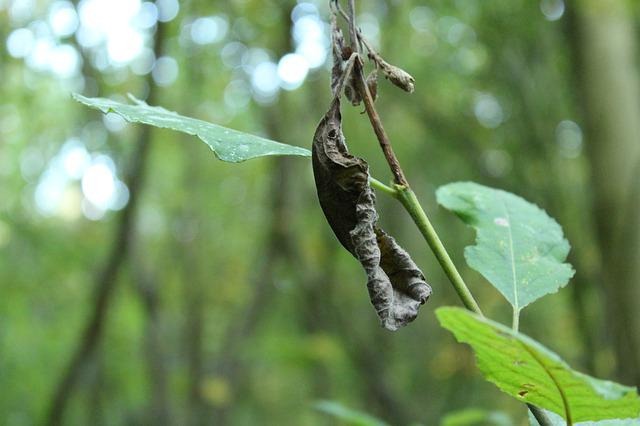
Curling is definitely a sign of such problems affecting your citrus trees. The leaves may exhibit different curves depending on the type of citrus tree or the cause of the problem.
- Leaves curling up: Curling up is common when there are major temperature changes. Too much heat is the main cause of citrus leaves curling upward.
- Leaves curling downward: Downward curling of leaves is common in lemon and lime trees especially when they suffer from potassium deficiency.
- Leaves curling and turning yellow: Curling and discoloration are often common signs of poor plant nutrition (nutrient deficiencies) and pH problems.
What causes citrus leaves to curl?
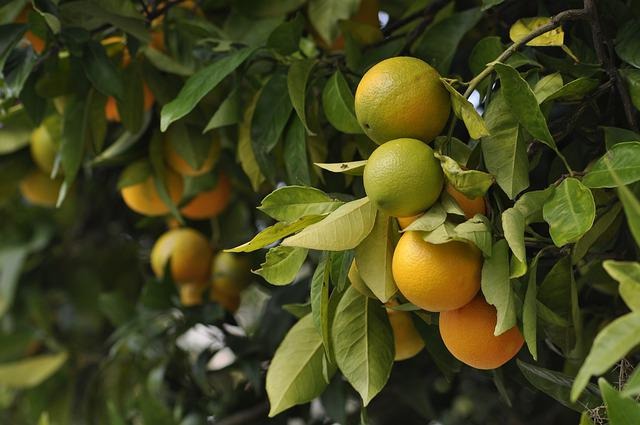
Citrus trees are hardy plants and can grow in adverse conditions. Orange trees, lemon, kumquat, and grapefruit trees among others are quite easy to grow because of their hardiness. Curling leaves on these trees are probably a sign of disease, pests, or other problems affecting the plant.
Here are the possible causes of leaf curl in citrus trees:
Pest infestations
A common reason for leaf curl in citrus trees is insect infestation (pest attacks). Common pests that may be affecting lemon and orange trees include mealy bugs, aphids, mites, and scale.
These pests are known to feed on the leaves by sucking the sap directly from them, causing the leaves to curl and cup downwards. You can identify pest attacks on lemon, orange, lime, and other citrus trees by checking the underside for pests.
If you see small insects on the underside of leaves, they’re probably the cause of the leaf curl symptoms. Simply apply insecticidal soap to get rid of them. Keep in mind that when they’re many, they can also lead to discoloration and drying of leaves.
Nutrient deficiency
Potassium and iron deficiency in citrus trees such as oranges, for example, can cause symptoms such as leaves curling and turning yellow. This problem usually stems from a soil pH that’s too high.
Correcting soil pH with the right fertilizer and supplementing with iron in orange trees will stop and treat the curling leaves in most citrus trees. A good fertilizer for citrus trees that’s low in phosphorus and high in nitrogen will help correct the pH and nutrient deficiency problem.
I’d recommend a foliar nitrogen-rich fertilizer for citrus trees such as urea to help improve the health of your lemon, orange, Meyer, and kumquat trees to prevent curling and discoloration.
Extreme cold or heat
Generally, citrus trees such as satsuma and kumquats are great at tolerating extreme temperatures. However, most citrus trees do not do so well in extreme cold or heat and may exhibit leaf curl as a sign of temperature stress.
- Too much heat in summer dehydrates the plant, forcing the leaves to curl and lose shape due to a lack of adequate water.
- Freezing temperatures in winter cause the leaves of citrus trees to become brittle and deformed.
You may be able to fix the temperature problems for indoor potted citrus plants by regulating the temperature in your house to a suitable environment that these fruit trees like.
Citrus tree diseases
Fungal diseases can also cause citrus leaves to curl, lose color, wilt, and even drop prematurely. The most common citrus fungal diseases that cause curling leaves are botrytis disease and bacterial blast.
If your plants already have sap-sucking insects such as aphids, mealybugs, and scales, you may also notice a black fungus that appears as a moldy coating growing on the underside of the leaves of your citrus trees.
This fungus likes to grow and feed on the sticky substance that the insects produce, and may contribute to the curling of leaves of citrus trees such as lemons and oranges.
Inadequate water (drought)
When citrus leaves curl inward, it is probably a sign of lack of enough water. You might want to check around the base of the tree whether it is potted or grown in an outside garden to see if the soil is dry.
Drought usually causes leaf curl in citrus trees, only that the leaves do not lose their green color as is common with nutrient deficiencies. The easiest fix for this problem is maintaining a proper watering routine for your citrus trees as explained under the treatments below.
Overwatering
In some citrus trees, especially potted orange trees, overwatering can also cause leaves to start curling and even wilting or drooping. Leaf curl is not the only problem since you may start to notice discoloration (usually yellowing) and falling.
Other symptoms may occur due to root rot in citrus trees, such as stunted growth, dark spots on the stems and leaves, and even dying.
Treatments for curling citrus leaves
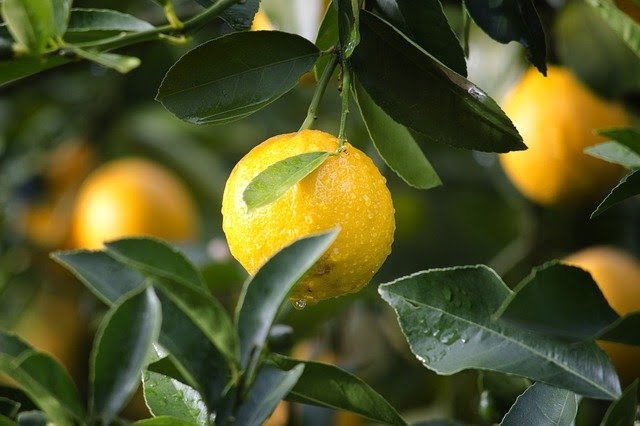
Soil amendment, applying an insecticide, and maintaining a proper cultural care program can help prevent and fix curling leaves in citrus trees. However, to deal with the problem successfully, identify the cause of the curling leaves first and address it specifically.
Here’s how to fix curling leaves in citrus trees:
1. Apply a potassium fertilizer
To treat leaf curl that comes with a yellow discoloration in lemon and orange trees, correct the soil pH to 6.0-7.0 and feed the plants with enough fertilizer – preferably one containing more potassium.
Citrus trees are among the plants that are like coffee grounds. Therefore, a natural way to amend the soil and fix curling leaves in citrus trees is to apply coffee grounds to the soil to improve its pH and also feed the plants with the nitrogen, potassium, and phosphorus they release.
Another organic solution instead of synthetic potassium fertilizer is kelp meal that’s made of kelp and seaweed. It is quick-release plant food, so, apply it to the soil to improve the availability of potassium especially if there’s a deficiency of this nutrient.
2. Maintain a proper watering schedule
A great way to fix the curling leaves in citrus trees is to water mature plants deeply once every 10 days. Allow the soil to dry out in between the waterings to prevent overwatering the plant.
- In the summer, provide up to 5 gallons of water per week for potted citrus trees.
- For potted lemon, orange, and lime trees, allow the topmost 2-3 inches of soil to dry out before watering the plant.
Apart from maintaining a good watering schedule, apply mulch around your citrus trees to prevent excessive water loss from the soil when temperatures are high especially in the summer. This will ensure your plants maintain healthy leaves without curling and yellowing.
3. Treat citrus tree diseases
Inspect the leaves on your citrus tree to determine if the curling is caused by plant diseases that I discussed above. Leaf discoloration and loss of shape due to fungal infections will usually be accompanied by spots or small patches.
Treat fungal infections with a copper spray if it is severe and causing extensive damage. In addition, trim and prune the affected branches to ensure the fungal infection does not spread to other parts of the citrus tree.
4. Get rid of insect pests on curling citrus leaves
The most common reason for leaf deformation in citrus and other plants is pest infestation. You can easily kill pests on your indoor and outdoor plants by applying an insecticide.
- Spray the citrus tree with neem oil or insecticidal soap to help control aphids, mites, and mealybugs.
- For aphids, introduce predatory insects in your garden such as ants to help control the pests.
Whichever option you choose, ensure you cover the affected leaves to kill all the insect pests that are causing leaf curl in your lemon trees.
References
- Government of Western Australia, Department of Agriculture: Aphids in Citrus
- Texas A&M Extension: Understand How Cold Temperatures Affect Citrus Trees
